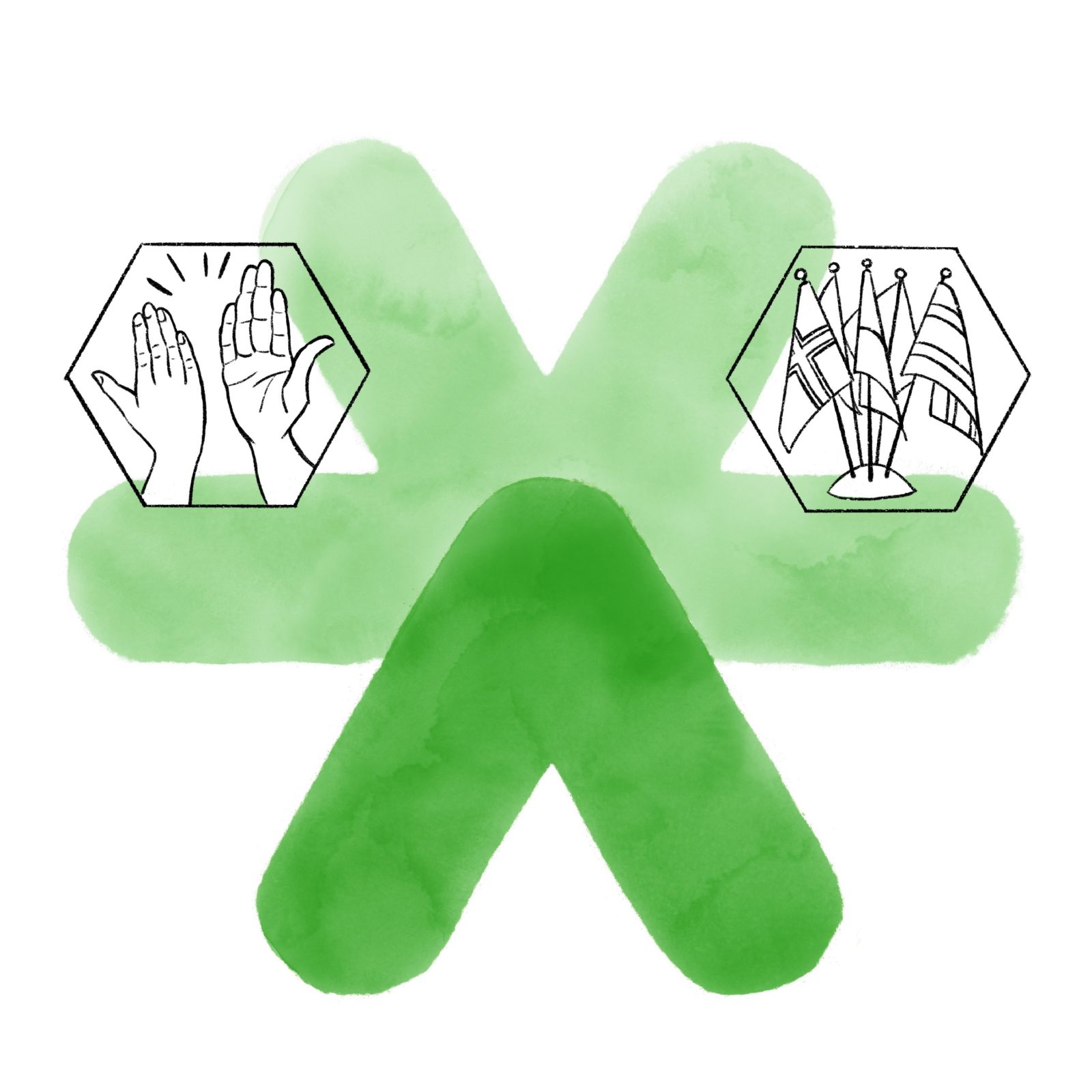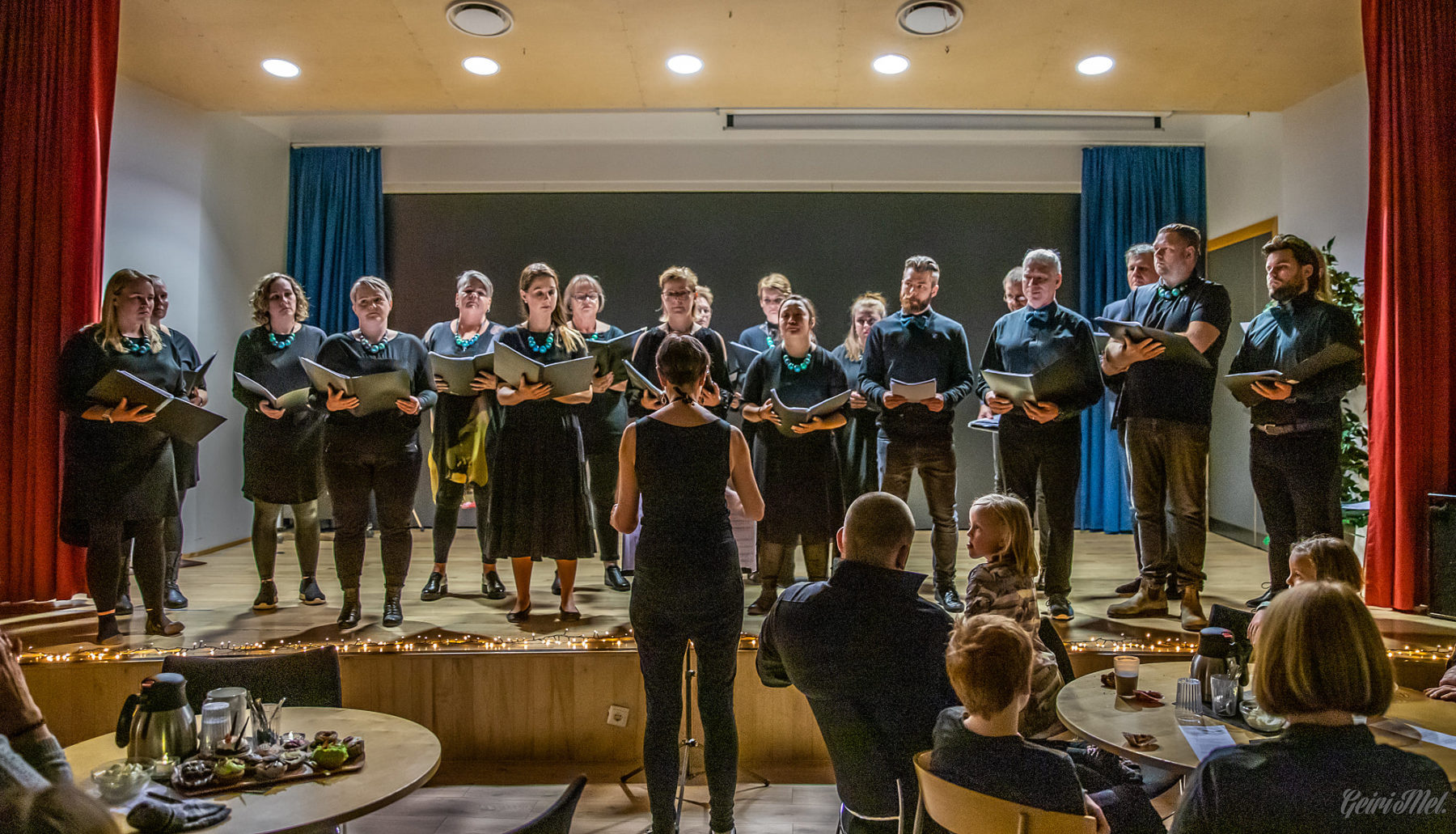5.1 Cooperation and Diversity
East Iceland will be an open and broad-minded society where multiculturalism will flourish. Emphasis will continue on cooperation between municipalities and consultation within them. The population of East Iceland will increase, achieving balance in age composition and gender distribution within the community.

P. Strategy for Cooperation Among Municipalities and the Community
P.1 Strong cooperation will continue to characterize all activities of municipalities in East Iceland.
Regional planning will be implemented in a systematic manner. See Chapter 7 on implementation.
P.2 Active consultation with residents and other stakeholders will characterize the work of the municipalities and their institutions.
The opinions and support of residents and stakeholders will be sought in policy-making and the development of projects in the fields of environment, business, community, and cultural affairs.
Cooperation between businesses and institutions on projects that strengthen the environment, economy, and/or community of the region will be encouraged.

Explanations for the strategy on cooperation among municipalities and the community
Municipalities in East Iceland have cooperated extensively, both within the Association of Municipalities in East Iceland (SSA) and between individual municipalities. SSA leads transportation, business, and regional development projects in the region and fights for increased equality among the country’s regions.1
In 2012, non-profit organisation Austurbrú was established to provide interdisciplinary services in lifelong learning and research, business development, and marketing. It is the first of its kind in Iceland, founded by all municipalities in East Iceland, all universities in the country, major professional institutions, trade unions and business associations, secondary schools, and knowledge centres in East Iceland.2
Under Austurbrú, numerous projects are carried out on behalf of SSA, including strategic projects like the growth plan, destination management plan, and now regional planning. Implementing such plans requires the activation of residents, institutions, businesses, and stakeholders across all areas of society. The initiative of municipalities and encouragement of such cooperation are crucial to achieving the described goals.
East Iceland also has a strong tradition of non-governmental organistations’ activities in various fields that play an important community role and with which municipalities have successful collaborations, particularly regarding children’s and youth leisure activities. There are also examples of direct involvement of voluntary associations in various projects related to social activities and municipal cooperation in development and construction in the region.

R. Strategy for Diversity and Multiculturalism
R.1 The population will increase and balance in the age composition and gender distribution in East Iceland will be achieved.
Efforts will be made to attract young people to work and live throughout the region.
Efforts will be made to develop the economy and housing options throughout the region that appeal to all genders.
R.2 Multiculturalism will flourish in East Iceland.
A plan will be developed to support, engage, and utilize the human resources of diverse community groups, especially those of foreign origin.
Ensure that everyone enjoys the same opportunities to participate in society, such as in democracy and employment. For this purpose, good access to information in several languages will be provided.
Ensure access to quality Icelandic language teaching.

Explanations for the strategy on diversity and multiculturalism
A community is composed of people of different ages, genders, social groups, and origins. The development of East Iceland must consider the different needs of these groups and also promote that each individual can reach their full potential.
The population of East Iceland increased by over 1,400 from 2001 to 2021.3 However, the increase has not been evenly distributed across the region, and many peripheral areas are struggling with population development, gender balance, and age composition. High population turnover in some communities can negatively impact the development of human resources.4 The average age of residents is rising, and there is often a missing age group in the population pyramid as young people leave for education and jobs elsewhere.5
The number of people of foreign origin in East Iceland has increased in recent years and is now about fifteen percent of the population.6 In some urban areas of the region, this proportion is higher, such as nearly twenty percent in Eskifjörður and Reyðarfjörður. This group is not homogeneous in terms of education, experience, culture, language, or country of origin. Therefore, East Iceland is evolving into a multicultural society, presenting both challenges and opportunities.7 New residents need help learning about their new surroundings, and opportunities for interaction and channels for new ideas that benefit East Iceland need to be created.
